6 Ways Giselle Will Give You the Wilis
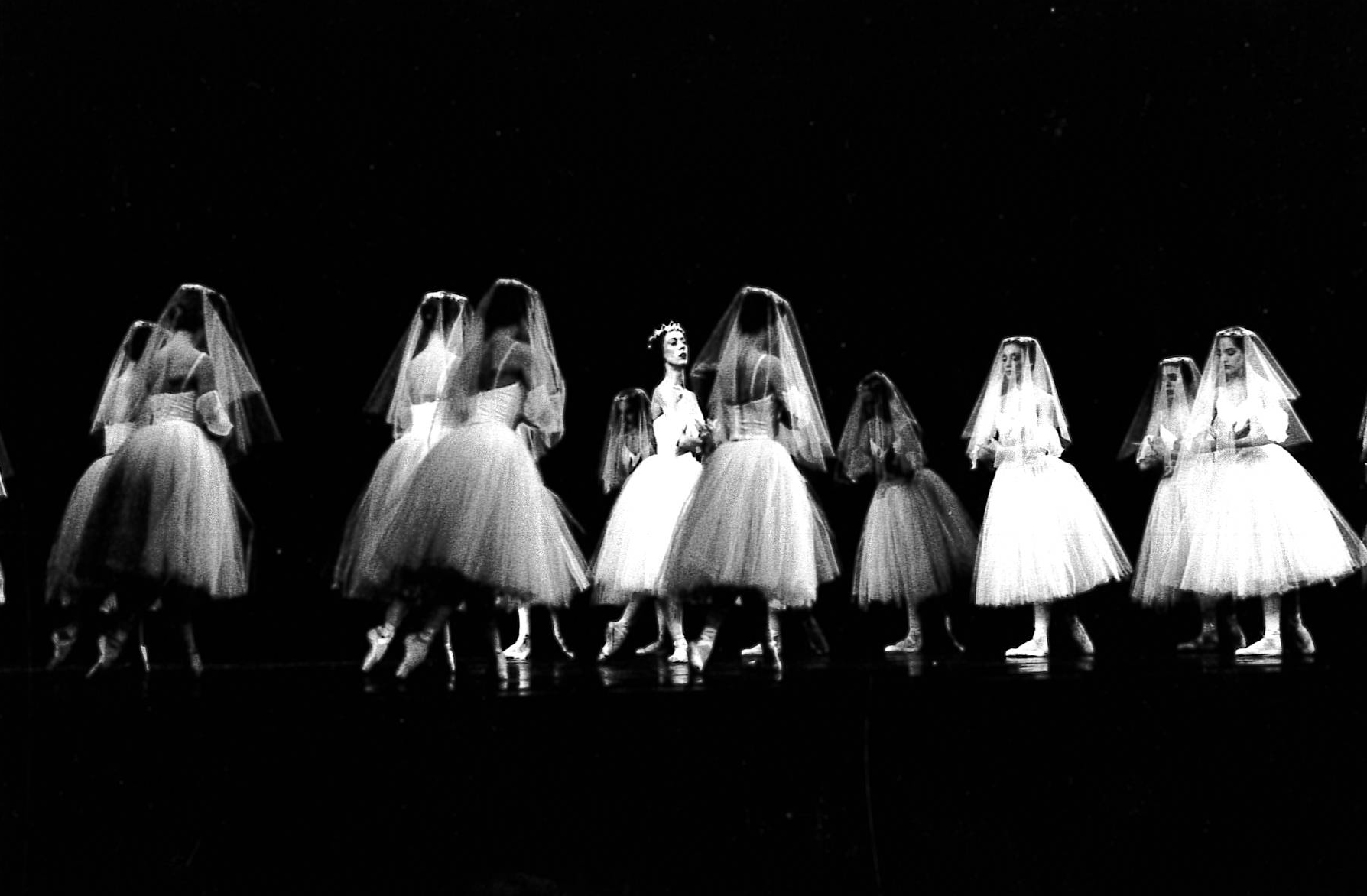
Drawing from supernatural themes of the Romantic era and Eastern European folklore, the story of Giselle juxtaposes love and betrayal, life and death, vengeance and forgiveness as a young girl descends to the unearthly realm of the Wilis.
The story opens with a blossoming village girl, euphoric in love. But Giselle’s hopes shatter when she learns her love, masquerading as a peasant, is already engaged to a noblewoman from his own class. Here the story unmoors from the mortal world. When the curtain rises on Act II, Giselle is no longer among the living.
Excerpted from the Giselle Audience Production Guide, here are six spook factors that will raise the hair on your neck.
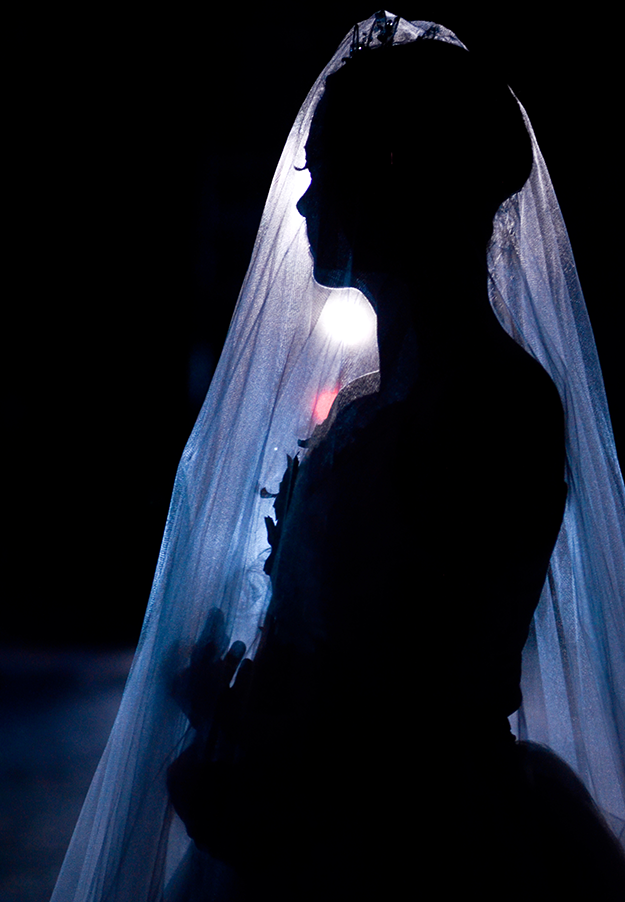
That Gives Me the Willies! This phrase, about something that sends a chill down your spine, may have originated from the ghostly Wilis of Giselle. Giselle is a 19th century masterpiece of the Romantic era, when themes in ballet shifted to nature, individuality and the supernatural. The inspiration was a Slavonic legend of the Wilis, ghosts of young maidens who died of grief after their love was betrayed. As the legend goes, their spirits haunt the highways in the dark of night, luring young men and forcing them to dance to their deaths. The legend of the Wilis predates Giselle and assumed shifting forms throughout Eastern European folklore. From maidens who were cursed by God to those who died unbaptized, the variations and pronunciations varied throughout the region. One variation is found in Harry Potter and the Goblet of Fire with the Veela, magical beings whose entrancing beauty compels men to dance to their deaths. In Giselle, the Wilis are frightening, yet tragic figures — young women doomed to perpetual heartbreak.
The Mad Scene: From the festive village scene to the otherwordly aura of Act II, the role of Giselle takes the ballerina on an incredible arc of emotions and movement qualities. And at the end of Act I, as Albrecht’s betrayal becomes apparent, Giselle just kind of…snaps. “She replays in her mind—with halting steps and distracted motions — the daisy scene, where he swore his love to her; she stumbles through the steps of their first pas de deux. Her hair comes down, her anguish on full display. Finally, she dies, from a weak and broken heart,” writes Lisa Auel, PBT’s manager of audience education.
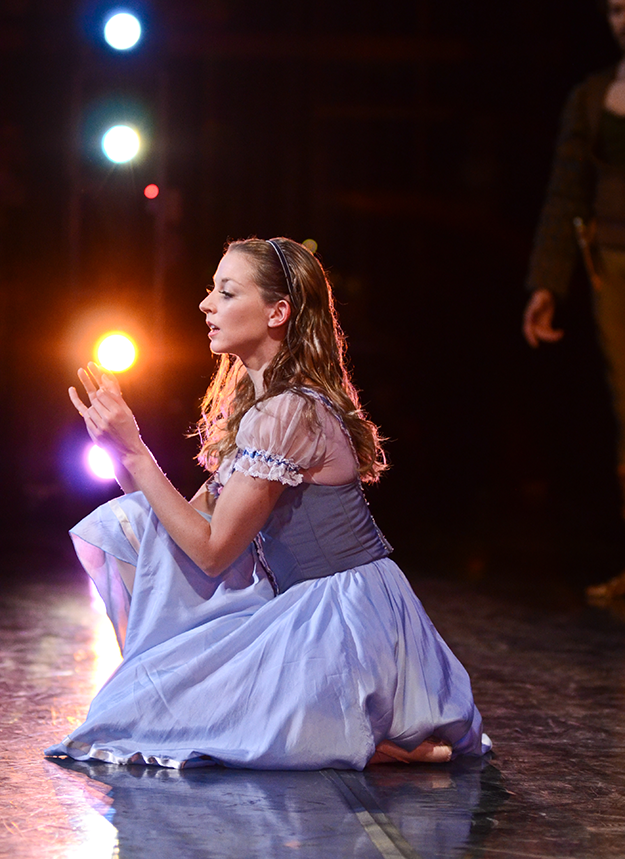
Musical Foreshadowing: One of ballet’s first original scores, the music of Adolphe Adam also innovates with recurring musical themes that characterize roles and moods throughout the narrative. One eerie example is Giselle and Albrecht’s first love theme, which ironically echoes during Giselle’s mad scene at the end of Act I. The musical theme of the Wilis also shadows Giselle’s mother’s premonition in Act I and again following Albrecht’s betrayal.
He Loves Me, He Loves Me Not: Featured in Giselle Act I, this schoolgirl daisy game traces its written roots to the pages of a nun’s 1471 songbook. As Giselle plucks petals from a daisy in Act I, however, this light-hearted game foreshadows Albrecht’s ill-fated betrayal.
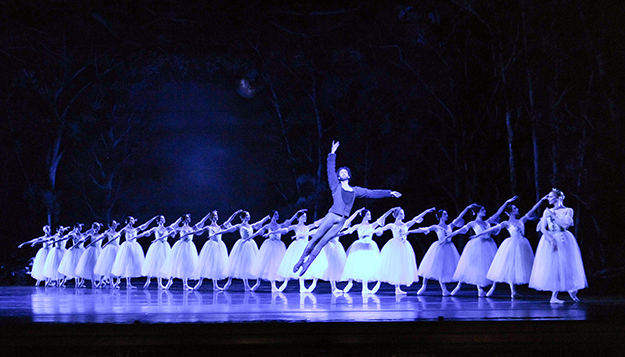
Ballet en Blanc: First seen in La Sylphide (1832), this term refers to scenes that feature the female corps de ballet costumed in pure white, dancing completely unified choreography. Sometimes referred to as “pure ballet,” it emphasizes the larger patterns and dramatic power of the corps, which assumes a menacing aura in Giselle. Act II finds Ballet en Blanc taking the ghostly character of the Wilis who (wearing their wedding dresses and veils), with their signature “flattened” arabesques, move into frightening formations. The Wilis did ballet blanc before the swans in Swan Lake and the shades in La Bayadère.
The Ballerina’s Dual Role: Perhaps even more subtle than the dual role of Swan Lake’s Odette and Odile, Giselle requires intricate artistry to embody first an earthly, then an ethereal essence, a mystique that makes it the ballerina’s definitive dramatic role. From Giselle’s joyful 32 ballonnés – a bouncing hop – to her Act II arabesques with the Wilis, the foreboding builds from the Mad Scene all the way to her grave site. According to Artistic Director Terrence S. Orr, “When we meet Giselle in Act I, she is euphoric in love. When she reenters in Act II, a chill runs down our spine. This is a young girl who spirals from joie de vivre to darkness in the blink of an eye. The shift in movement quality is exquisite, from buoyant leaps to an ethereal weightlessness.”
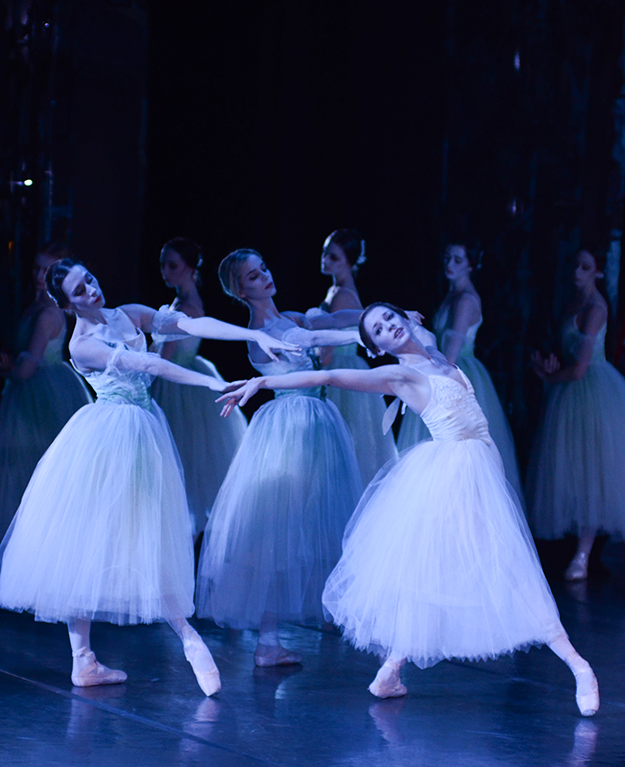
Highmark presentsGiselle with the PBT Orchestra opens Pittsburgh Ballet Theatre’s 50th Anniversary Season this Halloween weekend, Oct. 25-27, at the Benedum Center. Purchase your tickets here.
